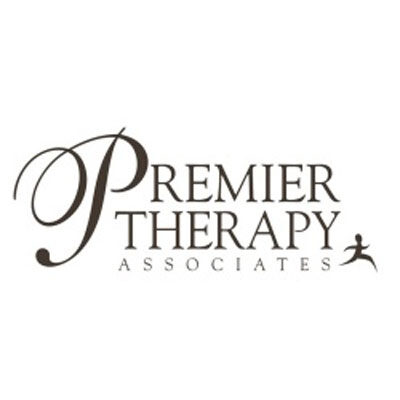What is childhood apraxia of speech?
Childhood apraxia of speech (CAS) is a motor speech disorder. Children with CAS have problems saying sounds, syllables, and words. This is not because of muscle weakness or paralysis. The brain has problems planning to move the body parts (e.g., lips, jaw, tongue) needed for speech. The child knows what he or she wants to say, but his/her brain has difficulty coordinating the muscle movements necessary to say those words.
What are some signs or symptoms of childhood apraxia of speech?
Not all children with CAS are the same. All of the signs and symptoms listed below may not be present in every child. It is important to have your child evaluated by a speech-language pathologist (SLP) who has knowledge of CAS to rule out other causes of speech problems. General things to look for include the following:
A Very Young Child
- Does not coo or babble as an infant
- First words are late, and they may be missing sounds
- Only a few different consonant and vowel sounds
- Problems combining sounds; may show long pauses between sounds
- Simplifies words by replacing difficult sounds with easier ones or by deleting difficult sounds (although all children do this, the child with apraxia of speech does so more often)
- May have problems eating
An Older Child
- Makes inconsistent sound errors that are not the result of immaturity
- Can understand language much better than he or she can talk
- Has difficulty imitating speech, but imitated speech is more clear than spontaneous speech
- May appear to be groping when attempting to produce sounds or to coordinate the lips, tongue, and jaw for purposeful movement
- Has more difficulty saying longer words or phrases clearly than shorter ones
- Appears to have more difficulty when he or she is anxious
- Is hard to understand, especially for an unfamiliar listener
- Sounds choppy, monotonous, or stresses the wrong syllable or word
Potential Other Problems
- Delayed language development
- Other expressive language problems like word order confusions and word recall
- Difficulties with fine motor movement/coordination
- Over sensitive (hypersensitive) or under sensitive (hyposensitive) in their mouths (e.g., may not like toothbrushing or crunchy foods, may not be able to identify an object in their mouth through touch)
- Children with CAS or other speech problems may have problems when learning to read, spell, and write
What treatments are available for children with apraxia of speech?
Research shows the children with CAS have more success when they receive frequent (3-5 times per week) and intensive treatment. Children seen alone for treatment tend to do better than children seen in groups. As the child improves, they may need treatment less often, and group therapy may be a better alternative.
The focus of intervention for CAS is on improving the planning, sequencing, and coordination of muscle movements for speech production. Isolated exercises designed to “strengthen” the oral muscles will not help with speech. CAS is a disorder of speech coordination, not strength.
To improve speech, the child must practice speech. However, getting feedback from a number of senses, such as tactile “touch” cues and visual cues (e.g., watching him/herself in the mirror) as well as auditory feedback, is often helpful. With this multi-sensory feedback, the child can more readily repeat syllables, words, sentences and longer utterances to improve muscle coordination and sequencing for speech.
Some clients may be taught to use sign language or an augmentative and alternative communication system (e.g., a portable computer that writes and/or produces speech) if the apraxia makes speaking very difficult. Once speech production is improved, the need for these systems may lessen, but they can be used to support speech or move the child more quickly to higher levels of language complexity.
Practice at home is very important. Families will often be given assignments to help the child progress and allow the child to use new strategies outside of the treatment room, and to assure optimal progress in therapy.
One of the most important things for the family to remember is that treatment of apraxia of speech takes time and commitment. Children with CAS need a supportive environment that helps them feel successful with communication. For children who also receive other services, such as physical or occupational therapy, families and professionals need to schedule services in a way that does not make the child too tired and unable to make the best use of therapy time.
